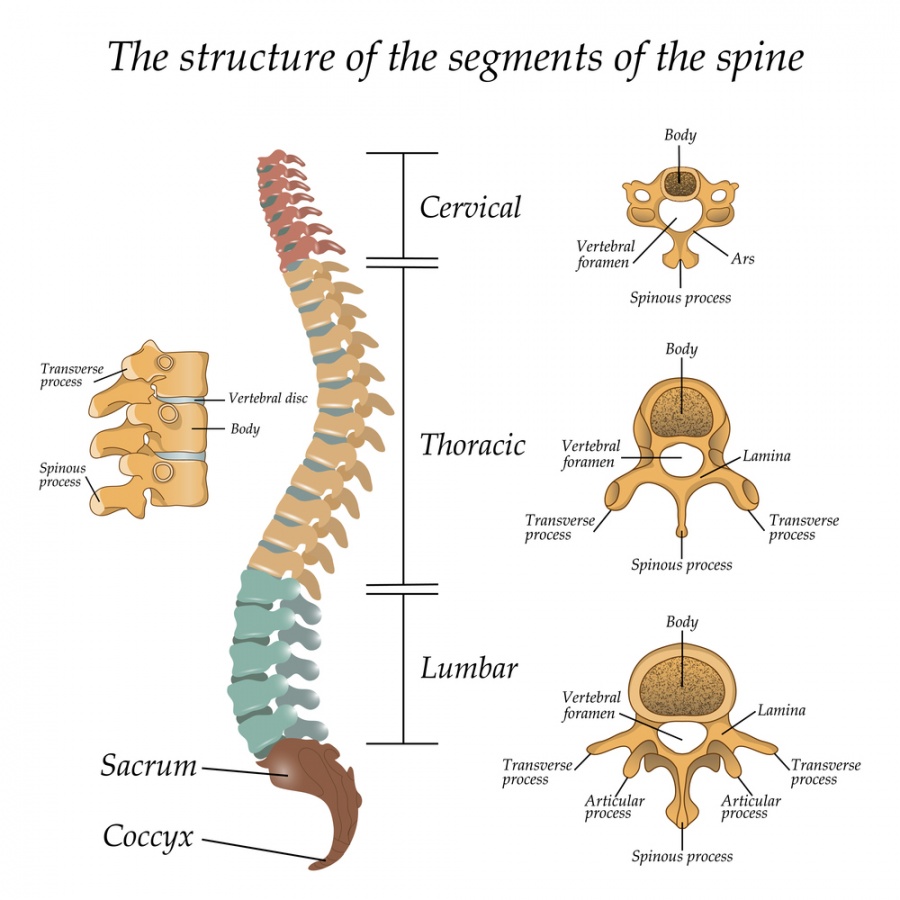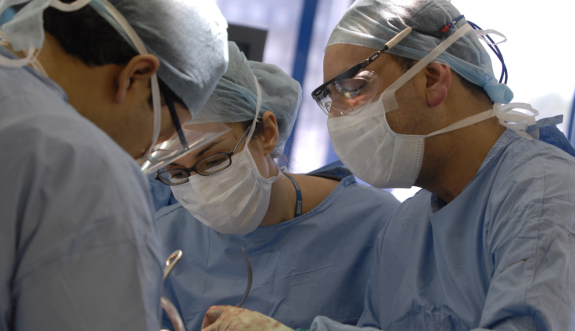Surgical treatment for back pain: Our specialists recur to surgery as a last resort, when non-surgical procedures have failed. Also, when in a determined situation surgery is the only treatment option.
The main goal is the correction of the structural anomaly that causes back pain (when that is the cause).
 Which are the indications for surgery?
Which are the indications for surgery?
- There is a compression of the nerve roots or the medulla, important enough to leave sequelae in case it does not resolve quickly (this is the case of the intervention for “horsetail syndrome due to herniated disc”.
- There is a compression of the nerve roots that, although it will not necessarily leave sequelae, causes symptoms and lasts more than 6 weeks without improving despite the non-surgical treatments.
- The characteristics of the clinical manifestations and the result of the physical examination show that the compression is undoubtedly due to the structural anomaly.
Surgical treatment techniques
-Below are the main surgical techniques:
Laminotomy
It is a technique to operate herniated discs. It consists of reaching the nerve root and the herniated disc by opening the space between the plates of two juxtaposed vertebrae. When our doctors enlarge the conjunction hole, they get to decompress the nerve root.
Laminectomy
It consists of removing the entire lamina of a vertebra, which also decompresses the nerve root. Our specialist can also perform it in cases of spinal stenosis, to decompress the marrow.
Interspinous devices
It is a surgical technique specifically for certain cases of symptomatic spinal stenosis. It consists of placing a small implant between the spinous processes of the vertebrae through a small incision in the patient’s back. Generally, implantation does not require general anaesthesia and can be performed under local anaesthesia. Its goal is to keep the posterior portion of the vertebrae apart and open the spinal canal. Conceptually, it maintains the vertebrae in the posture they are in when the patient is sitting. In fact, this procedure is suitable for patients with spinal stenosis in whom, when sitting or flexing the spine forward, their pain disappears.
Arthrodesis
It consists of fixing two vertebrae. Specialists can perform arthrodesis by placing a bone graft between both vertebrae (“non-instrumented arthrodesis”). Or also using metal plates to fix both vertebral bodies (“instrumented arthrodesis”). It is used in cases of spondylolisthesis or scoliosis that must be operated. Sometimes, also after doing a laminectomy, to avoid instability of the vertebra whose lamina is removed.
At the London Spine Unit, Harley Street Hospital, we have some of the best specialists to diagnose and treat your back pain. Book an appointment to get a checkup.

